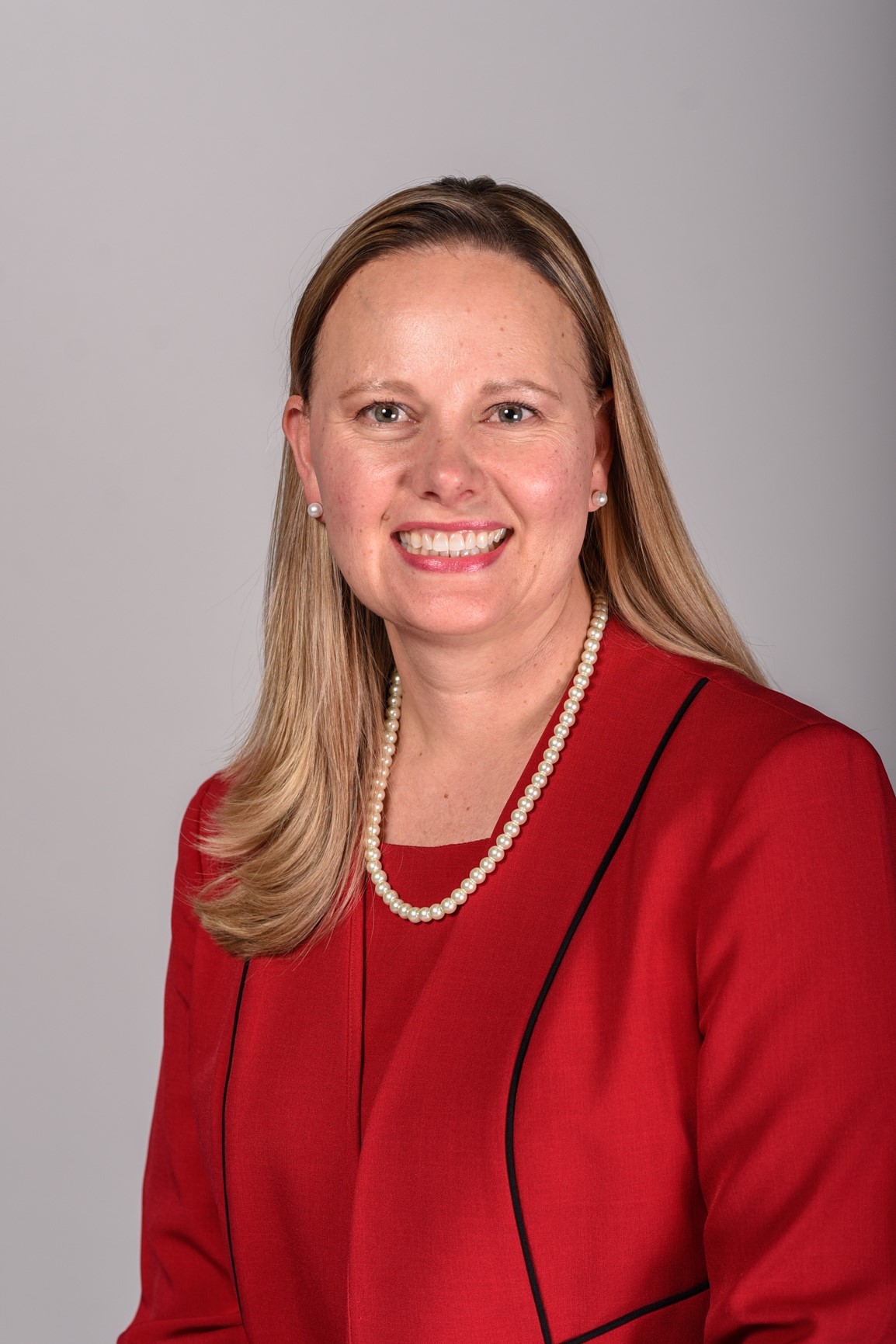SP01-PS02: Integrating Oral Health Care into Primary Care Well Child Visits: An Interprofessional Model
Thursday, July 25, 2024
5:00 PM - 7:00 PM CST
Earn: 0.0

Lisa J. Moravec, RDH, MSDH, PHRDH, FADHA
University of Nebraska Medical Center, College of Dentistry
Scottsbluff, Nebraska
Poster Presenter(s)
PROBLEM: Many lower-income and minority patients do not receive regular oral health care.
PILOT PROJECT'S PURPOSE: was to increase access and determine impact of integrating oral health screenings and education into pediatric well-child visits, increasing awareness of the relationship between oral and systemic health. The secondary purpose was to provide Interprofessional Education (IPE) among nursing and dental hygiene students through a collaborative, integrative care model.
METHODS: The project occurred in a rural Federally Qualified Health Center and was exempt from IRB oversight as services provided were standards of care. Funding support provided by an innovation grant from the DTA Foundation. Two cohorts of dental hygiene and nursing students received IPE training before participating and completed Pre and Post questionnaires related to knowledge, skills, and attitudes. Pediatric patients (ages 0-18 years) received oral health screenings during well-child visits. Parents completed an oral health risk-screening questionnaire to determine baseline knowledge and attitudes regarding oral-systemic health. Children received intraoral photographs, fluoride varnish, oral hygiene education, nutritional counseling, written educational materials, and dental referrals.
RESULTS: (N=99) showed 58% of children do not have an established dental home and 42% had never been to dentist. 73% drink sugar-sweetened beverages, 47% do not brush 2X/day and 73% had not had fluoride in the last six months. Additionally, 53% of Mothers/caregivers had decay in past 12 months and 40% of mothers/caregivers didn’t have a dentist. 98% of participants agreed oral health is related to systemic health and participation in program increased their knowledge.
CONCLUSION: Findings show incorporating dental into well-child visits significantly increased oral health awareness. Students had positive Interprofessional experiences. Streamlining access by providing care in one visit eliminates barriers for reaching underserved high-risk families and is a valuable approach for increasing access to oral care and improving quality of life through early detention and intervention.
All abstract authors:
Lisa J. Moravec, RDH, MSDH, PHRDH, FADHA
Kelly J. Betts EdD, APRN-NP, CPNP-PC, CNE, P-SANE
PILOT PROJECT'S PURPOSE: was to increase access and determine impact of integrating oral health screenings and education into pediatric well-child visits, increasing awareness of the relationship between oral and systemic health. The secondary purpose was to provide Interprofessional Education (IPE) among nursing and dental hygiene students through a collaborative, integrative care model.
METHODS: The project occurred in a rural Federally Qualified Health Center and was exempt from IRB oversight as services provided were standards of care. Funding support provided by an innovation grant from the DTA Foundation. Two cohorts of dental hygiene and nursing students received IPE training before participating and completed Pre and Post questionnaires related to knowledge, skills, and attitudes. Pediatric patients (ages 0-18 years) received oral health screenings during well-child visits. Parents completed an oral health risk-screening questionnaire to determine baseline knowledge and attitudes regarding oral-systemic health. Children received intraoral photographs, fluoride varnish, oral hygiene education, nutritional counseling, written educational materials, and dental referrals.
RESULTS: (N=99) showed 58% of children do not have an established dental home and 42% had never been to dentist. 73% drink sugar-sweetened beverages, 47% do not brush 2X/day and 73% had not had fluoride in the last six months. Additionally, 53% of Mothers/caregivers had decay in past 12 months and 40% of mothers/caregivers didn’t have a dentist. 98% of participants agreed oral health is related to systemic health and participation in program increased their knowledge.
CONCLUSION: Findings show incorporating dental into well-child visits significantly increased oral health awareness. Students had positive Interprofessional experiences. Streamlining access by providing care in one visit eliminates barriers for reaching underserved high-risk families and is a valuable approach for increasing access to oral care and improving quality of life through early detention and intervention.
All abstract authors:
Lisa J. Moravec, RDH, MSDH, PHRDH, FADHA
Kelly J. Betts EdD, APRN-NP, CPNP-PC, CNE, P-SANE

.png)